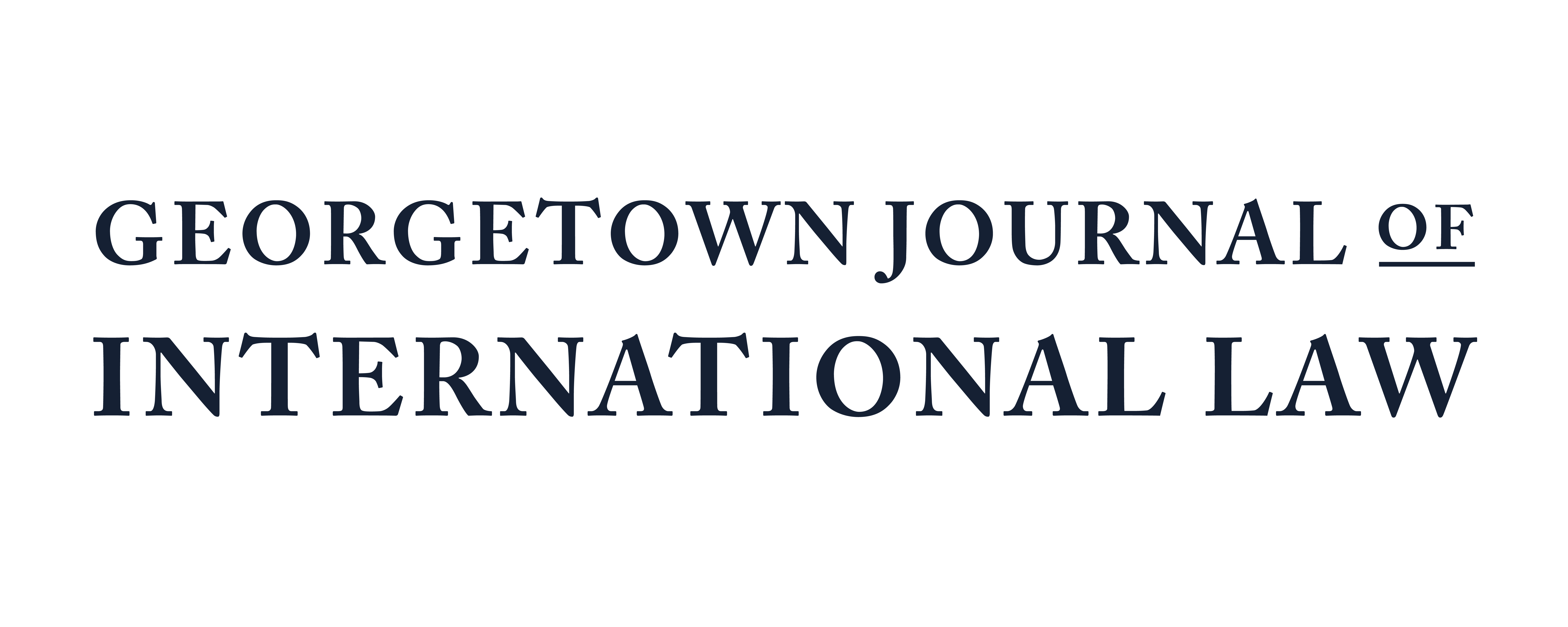The Situation in Iran: Is the Soleimani Strike Lawful?
February 4, 2020 by Editor

By: Songbei Li
On January 15, 2020, the Georgetown University Institute of Politics and School of Foreign Services hosted an event discussing the current situation in Iran. The event was held in response to the Soleimani attack that occurred on January 3, 2020. The panelists analyzed the aftermath of the attack from the perspectives of: (1) policy issues, (2) decision-making processes, and (3) legal justifications.
1. Policy Issues
The panelists agreed that killing Soleimani was not a good policy decision. The question was not whether Soleimani deserved his fate based on his actions, but whether killing Soleimani caused Americans to feel safer. The answer was obviously no. This was evident from Iran’s official retaliation on American military bases in Iraq. While it is the national security policy of the United States government to engage in targeted killings for counter-terrorism purposes, the panelists stated that this particular attack should have been subject to a different policy analysis based on Soleimani’s status and role in the Iranian government.
The panelists noted that the crisis actually relates to the two-decade old Iranian Nuclear Program. Tensions between the two countries started when the United States withdrew from the Joint Comprehensive Plan of Action on May 8, 2018 and significantly escalated when the United States ended sanction waivers on Iranian oil imports. The policy behind these actions involved the maximum pressure campaign, aimed at forcing Iran to renegotiate the nuclear deal. However, Iran responded with military aggression, including attacks on a British oil tanker, American drone, Iraqi military base that killed an American civilian, and Saudi oil facility. These attacks show that Iran has stepped further away from the nuclear deal and closer to a nuclear weapon, which has always been the primary concern of the Trump Administration.
2. Decision-Making Processes
The panelists noted that the Trump Administration provided conflicting explanations to the strike. It is unclear to the American public how the Trump Administration reached its ultimate decision and whether the Trump Administration considered the consequences that would ensue. A panelist noted that the Trump Administration engaged in “policy negligence” because no embassies in the Middle East received notice prior to the attack.
Another panelist described the decision to carry out the attack as “diplomatic vandalism” targeted towards Barack Obama. This phrase was first used by the former British Ambassador to the United States when the Trump Administration abandoned the nuclear deal in May 2018. Once President Trump witnessed the violence that unfolded in front of the United States embassy in Baghdad, it might have reminded him of the attack in Benghazi and how the Obama Administration handled the crisis. President Trump may have considered ways to differentiate himself from the Obama Administration. By handling the Soleimani situation with decisive decision making, authorizing a direct strike on Soleimani, President Trump might have believed that he would be portrayed as a leader who is unafraid to take bold actions.
3. Legal Justifications
The legal justifications can be roughly divided into two categories: domestic law and international law. Under domestic law, the strongest justification for the attack comes from constitutional law. In Section 2 of the United States Constitution, the President is the Commander-in-Chief of the military. One could argue that the decision to target Soleimani falls within the power of the President. A weaker justification arises from two statutes relating to the Authorization for Use of Military Force passed in 2001 and 2002. While these two statutes deal with the President’s power to use military force when necessary, they are targeted specifically towards terrorism that relates to September 11 and Iraq. It is questionable whether the two statutes apply to Iran.
Under international law, legal justification tends to be more complicated and fact specific. It hinges on the issue of whether Soleimani posed an imminent threat to the United States. A State has a right to self-defense under Article 51 of the United Nations Charter. This right was further developed in the Caroline Incident. The Caroline test, which is now customary international law, “requires that nations show that use of force is necessary due to an imminent threat, and that the response is proportionate to the threat.” However, based on the facts known to the public, one cannot say with confidence whether an imminent threat actually existed. It is questionable whether the attack can be justified under international law.

